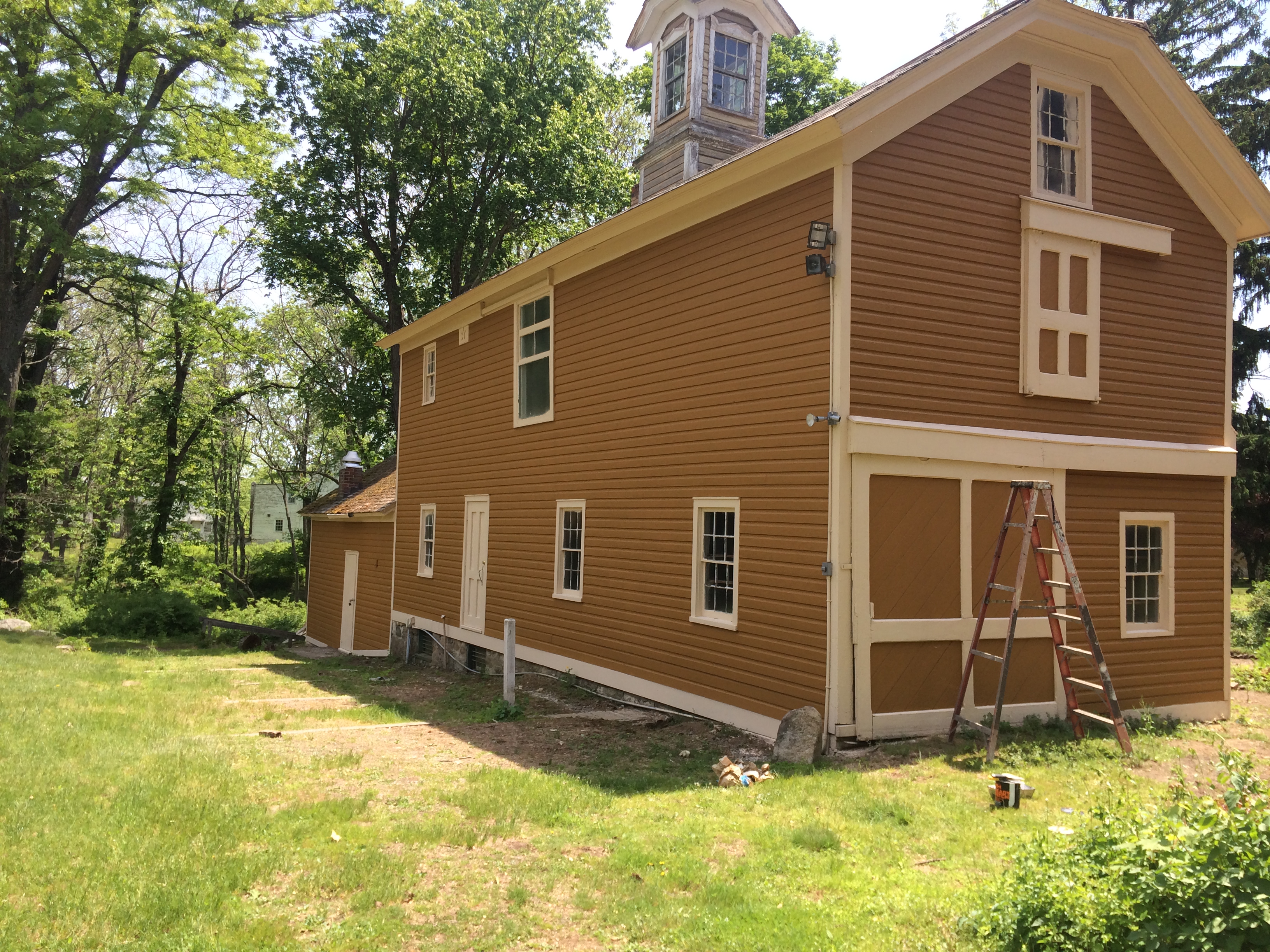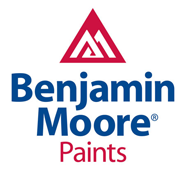Elevate Your Curb Appeal and Interior Ambiance
A fresh coat of paint does more than just change a color; it revitalizes your home, protects it from the elements, and can significantly increase its value. For homeowners in Red Bank and across New Jersey, a professional paint job is an investment in your property’s longevity and aesthetic appeal. Whether you’re looking to update your interior living spaces or protect your home’s exterior from New Jersey’s diverse weather, understanding the benefits of hiring a professional team is the first step toward a stunning transformation.
At Spectra Painting, we’ve been providing top-tier residential painting in New Jersey since 1989. Our experience has shown us that quality craftsmanship, premium materials, and meticulous attention to detail are the cornerstones of a paint job that not only looks beautiful but also endures. This guide will walk you through the key considerations for your next home painting project.
Why Professional Painting is a Smart Investment
Superior Quality and Lasting Finish
Professional painters have the skills and experience to properly prepare surfaces, a critical step that ensures a smooth, flawless finish. From sanding and patching to priming, meticulous prep work prevents future peeling, chipping, and bubbling. They also use high-quality paints and tools that provide a more durable and attractive result than most DIY projects can achieve.
Time and Efficiency
A home painting project can be incredibly disruptive and time-consuming. A professional crew works efficiently to complete the job within a set timeline, minimizing the inconvenience to your family. They handle all aspects, from preparation to the final cleanup, allowing you to enjoy your refreshed space without the hassle and mess.
Safety and Expertise
Painting, especially exteriors or homes with high ceilings, can be dangerous. Professionals are equipped with the right safety gear, including ladders, scaffolding, and harnesses. Furthermore, experienced contractors like Spectra Painting are Lead-Safe certified, ensuring that homes built before 1978 are handled safely to prevent lead exposure.
Specialized Services
Sometimes a project requires more than just a simple coat of paint. A seasoned professional painting contractor can offer specialized services. This could include detailed work for historic restoration painting, ensuring period-correct colors and techniques are used, or advanced surface preparation like sandblasting for challenging surfaces.
Choosing the Right Colors and Finishes for Your Home
Selecting a color palette is one of the most exciting parts of a residential painting project. The right colors can make a small room feel spacious, a dark room feel bright, or create a cozy, inviting atmosphere.
Interior Painting Considerations:
- Neutrals: Timeless shades of gray, beige, and off-white create a versatile backdrop for any decor.
- Bold Accents: Use a vibrant color on an accent wall to add personality and a focal point to a room without overwhelming the space.
- Finishes: The sheen of the paint impacts both appearance and durability. Matte finishes are great for low-traffic areas like bedrooms, while satin or semi-gloss are ideal for high-traffic zones like kitchens and bathrooms because they are easier to clean.
Exterior Painting Considerations:
- Curb Appeal: Your home’s exterior color should complement its architectural style and landscaping. Consider the colors of your roof and any brick or stone accents.
- Durability: High-quality exterior paint is formulated to withstand UV rays, moisture, and temperature fluctuations, protecting your home’s siding from damage.
- Neighborhood Vibe: While you want your home to stand out, it’s also wise to consider the color schemes of neighboring houses to ensure a harmonious look for the street.
Did You Know?
The right paint color can impact your mood and even a room’s perceived temperature. Cool colors like blues and greens can have a calming effect and make a space feel cooler, while warm colors like reds and yellows can create a sense of energy and warmth.
The Spectra Painting Process: Our Commitment to Excellence
A successful residential painting project is built on a foundation of clear communication and a structured process. Here’s how we ensure a seamless experience for our clients:
- Detailed Consultation: We begin by understanding your vision, discussing color options, and assessing the scope of the project. We provide a comprehensive, transparent quote with no hidden fees.
- Thorough Preparation: Our team protects your home and belongings by covering furniture, floors, and fixtures. We then prepare all surfaces by cleaning, sanding, and priming to guarantee optimal paint adhesion.
- Expert Application: Using premium paints and proven techniques, our skilled painters apply even, consistent coats for a beautiful and lasting finish. We pay close attention to detail, ensuring clean lines and smooth surfaces.
- Final Walkthrough and Cleanup: Once the painting is complete, we conduct a thorough cleanup. We then walk through the project with you to ensure you are 100% satisfied with the results.
Protecting Your Red Bank Home with Quality Exterior Paint
In Red Bank, New Jersey, homes face a mix of seasons—from hot, humid summers to cold, snowy winters. This makes a high-quality exterior repaint service crucial for protecting your investment. The right paint acts as a barrier against moisture, which can cause wood rot and structural damage, and prevents fading from the sun’s harsh UV rays. Regular exterior painting not only keeps your home looking its best but is a vital part of its long-term maintenance.
Ready to Refresh Your New Jersey Home?
Whether it’s a vibrant new look for your interior or a durable, protective coat for your exterior, the expert team at Spectra Painting is here to help. We provide exceptional residential and commercial painting services across New Jersey.
Frequently Asked Questions
How often should I paint the exterior of my house in New Jersey?
In New Jersey’s climate, it’s generally recommended to repaint your home’s exterior every 5 to 10 years. However, this can vary based on the type of siding, the quality of the previous paint job, and its exposure to sun and moisture.
What do I need to do to prepare for the painters?
We recommend removing any fragile or valuable items from the rooms being painted. Our team will handle the heavy lifting, moving furniture to the center of the room and covering it securely. For exterior projects, please ensure the areas around the house are clear of obstacles.
Are you insured and licensed?
Yes, Spectra Painting is a fully licensed and insured painting contractor. We are also an EPA Lead-Safe Certified Firm, ensuring we adhere to the highest standards of safety and professionalism for all our projects.
Can you help me choose paint colors?
Absolutely. With decades of experience, we can provide professional advice and color consultations to help you select the perfect palette that reflects your style and enhances your home’s features.
Do you handle projects other than residential painting?
Yes, we have extensive experience in both the residential and commercial sectors. Our services include commercial painting contractors services, historic restoration, and specialized techniques like electrostatic painting for metal surfaces.






